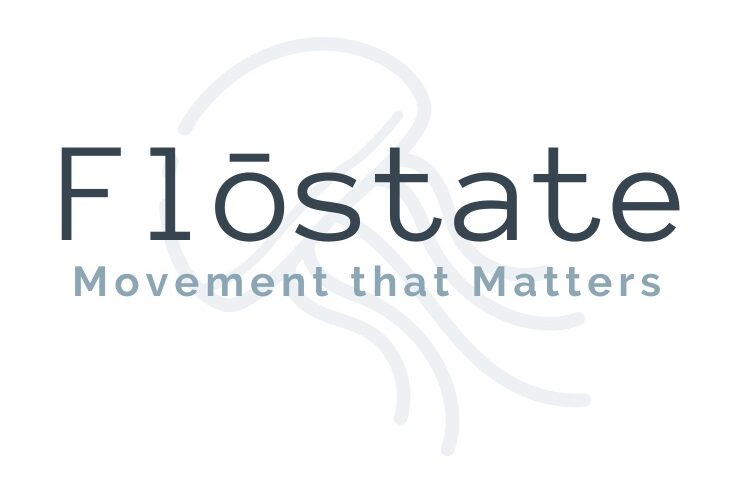Myofascial stretching helps release tension in the body which in turn helps reduce pain and helps you move better. In this article you’ll learn about: 1) What fascia is and why it is important, 2) What can happen when it gets too tight in certain areas, 3) How fascial stretches differ from standard stretches. 4) How myo stretches help release constricted areas.
What is fascia and why is it important?
You can think of fascia as a webbing and support structure for every part of your body and cells including muscles, joints, bones and nerves. It provides shape and structure to the body – it literally holds us together!
Fascia is a key element of every kind of physical training we do:
• Strength training
• Agility and speed work
• Flexibility
• Coordination
• Recovery
It surrounds and penetrates all of the structures of the body to:
• Create structure
• Transfer force
• Allow fluidity between structures
But what happens when fascia gets too tight or unhealthy?
Fascia can get constricted, shortened or tight due to injury, trauma, inflammation or chronically poor posture. These constricted areas can put extra tension on muscles, nerves,bones and joints – altering function and movement. This often leads to pain, movement limitations, and malalignment of joints and imbalances in muscles.
How are myofascial stretches different from standard stretches?
- Myofascial stretches are three dimensional. The body is positioned using all three planes of motion (sagittal, transverse, frontal planes).
- Myofascial stretches require strength. Every stretch has a muscle contraction component. For example, if we are trying to stretch out hamstrings, we contract the quadriceps.
- These stretches require concentration. These are active stretches that require thought and focus. You can think of them as a form of mediation!
- Finally, true myofascial stretches are held 90-120 seconds. Much longer than your typical 20-30 second hold.
How we incorporate stretching into Flostate classes:
We have myo stretches included into the Yoga Restore Flo, Foam Roll and Lengthen, and Intensive Stretching classes. The stretches are woven into class and blended with more traditional yoga poses and stretches, creating a unique blend of movements designed to improve your range of motion, decrease aches and pains and leave you feeling more physically ready for anything. Try out one of our Flostate yoga restore classes and feel the difference!
Contact Rachel at Flostate to learn more about how you can increase your joint health, improve your mobility, strength, balance and reduce pain at info@theflostate.com.
